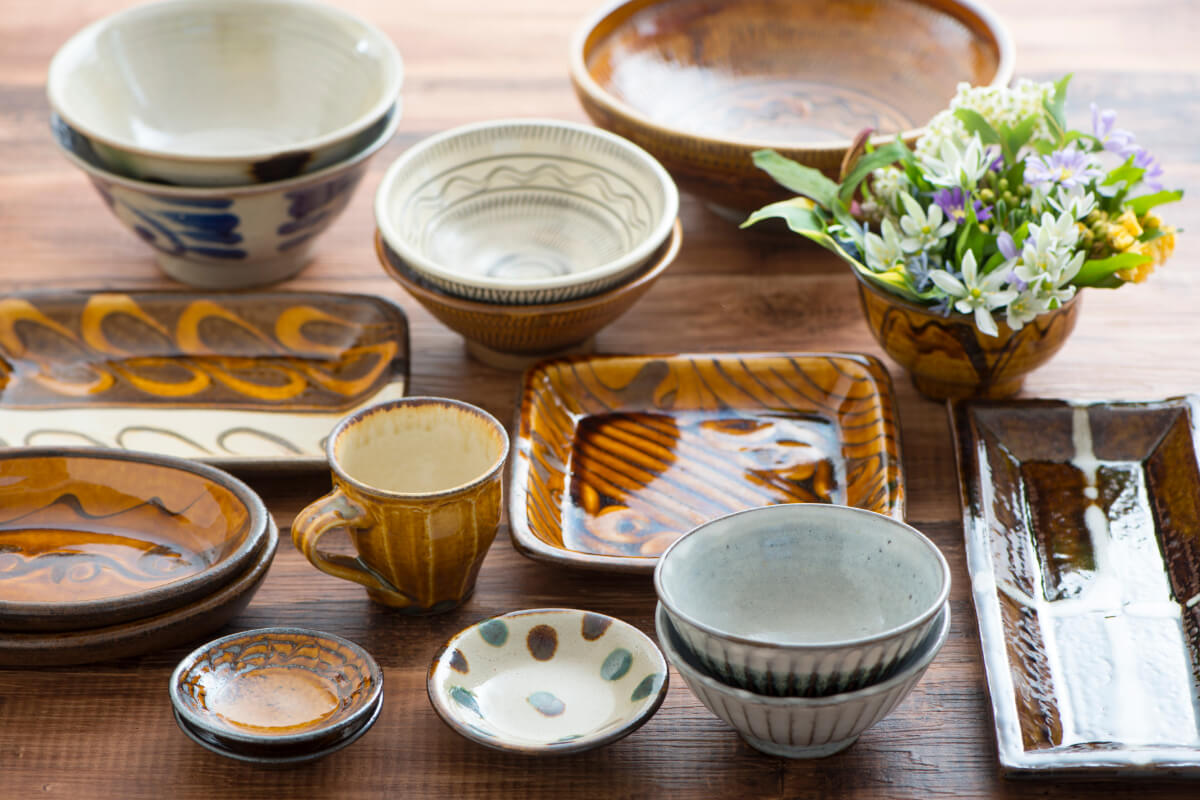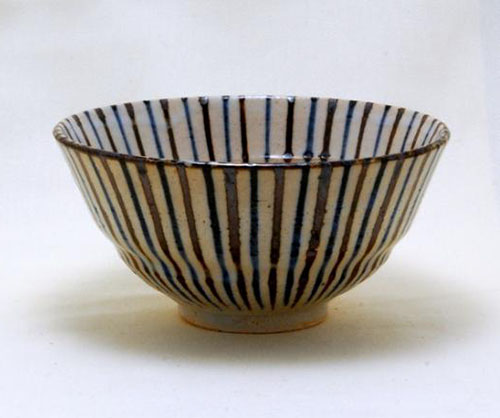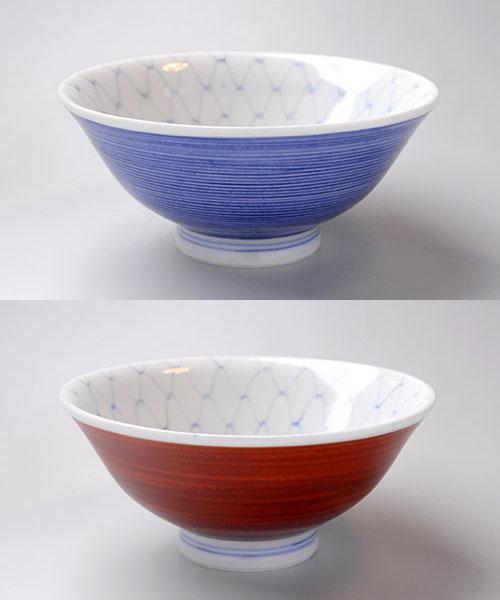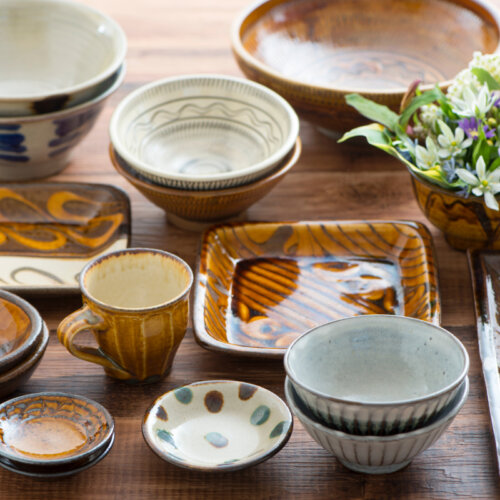Chapter 9: Rice Bowls

“Niiname” refers to the fresh harvest of that year’s grain crop. During Niiname-sai (lit. Celebration of First Taste), the gods are thanked for the harvest with offerings of grain, some of which is also eaten. Japanese culture is a culture of rice and water. We can appreciate this fact when we look at the nation’s numerous events and festivals and see that many of these are held in the hope for bumper grain crops. Niiname-sai, which has been held since ancient times, is also closely connected with everyday life. Everyone is happy to eat freshly harvested rice when November comes around each year. The Japanese people feel a special attachment to rice. This can be seen in the practice of each family member having their very own rice bowl.
In Japan, rice bowls are considered personal objects belonging to a particular member of the family (as is also the case for chopsticks and tea cups, incidentally). This is a peculiarity of Japan’s food culture. And because everyone has their own rice bowl, the size and design of each family member’s rice bowls will vary. A typical example is meoto-chawan (husband wife rice bowl pairs), in which the husband’s bowl tends to be larger than the wife’s, and the colors of the two bowls may vary. Rice bowls decorated with characters from anime, manga, illustrated books, films and so on are also popular these days. In general, however, rice bowls are adorned either with tokusa (radiating stripe) designs, a pattern that we never seem to tire of; amime (netted patterns), which are symbolic of health and longevity; or the flowers of the four seasons.
These days, some people are also particular about the texture of the bowl when held, and so they use either earthenware or porcelain rice bowls, and some may even go so far as to use a different rice bowl in each of the seasons. When selecting the rice bowl that is going to be your own, the top priority issue is how it is going to feel in your hand, so it is important to first try holding the bowl that you are considering purchasing. There are even folks so particular about their rice bowls that they buy a new one at the time of the new rice harvest each year. Imagine holding your very own rice bowl—one that fits perfectly in your hand—and enjoying both the taste and the wonderful aroma of newly harvested rice served piping hot. This has been a pleasure enjoyed by the Japanese people since ancient times.



